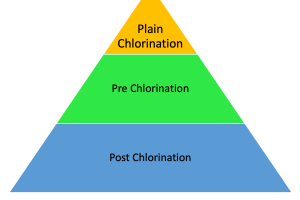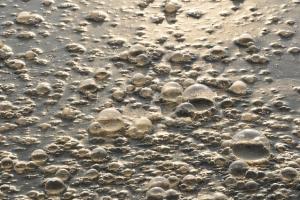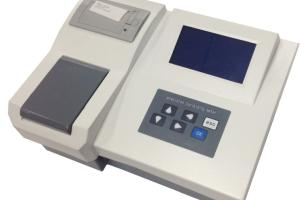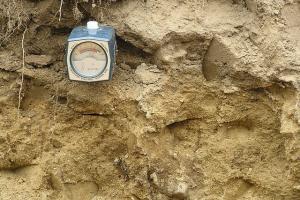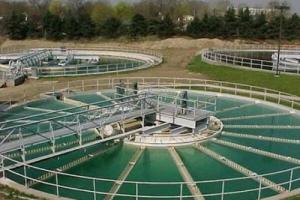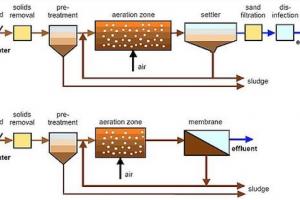Break Point Chlorination
Definition:
When the molar ratio of chlorine to ammonia is greater than 1.0, there is a reduction of chlorine & oxidation of ammonia. A substantially complete oxidation-reduction process occurs in ideal condition by a 2:1 ratio & result in the disappearance of all ammonium ions with excess free chlorine residual. This is called break point phenomenon.
As shown in the above fig chlorine reacts with easily oxidized constituents, such as iron, hydrogen sulphide, & some organic matter. It then continues to oxidize ammonia to form chloramines & chloro-organic compound below Cl2:NH4+ ratio of 5.0. The destruction of chloramines & chloro-organic compounds are between the ratio of 5.0 & 7.6. The ratio at 7.6 is the break point. All chloramines & other compounds are virtually oxidized. Further addition of chlorine becomes free available chlorine. HOCl & OCl- . At this region this is called break point chlorination. Dosage chlorine range from 7.0-10mg/lit in order to obtain the free residual available chlorine of about 0.5mg/lit or more.




